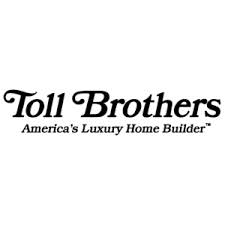In this series, we’ll be exploring the ins and outs of a Home Equity Conversion Mortgage, or HECM as the pros call it. Find out how it compares to a traditional mortgage, how to qualify, and the benefits of going this route. From application to closing, learn how to make your homework for you, and get the most out of your retirement years!
Sounding a bit like hi-tech medical equipment, the HECM acronym translates to a Home Equity Conversion Mortgage. The basic idea of this loan is the ability to either replace the existing loan and/or borrow against the existing equity in your home, and not make a payment until you no longer occupy the home as your primary residence, sell the home, or the last homeowner has passed away. Unlike a traditional mortgage where you will pay the piper until the end of the loan term, a HECM provides the option to receive a monthly tax-free disbursement from the loan proceeds.
Qualifying for a traditional mortgage requires a decent credit score, and proof of sufficient income to make the monthly payments. With a HECM loan, income, and credit are reviewed for the minimum required to cover expenses such as insurance, HOA fees, and property taxes.
In a reverse mortgage scenario, the loan balance increases over time whereas a traditional home loan balance is paid down each month. Ultimately the more equity you have in your home, and the less you owe on your current mortgage the greater the payout will be on your HECM loan.
If you’re on the fence about whether to go traditional or HECM, next week we’ll delve into eligibility requirements and how a reverse mortgage could benefit you.




